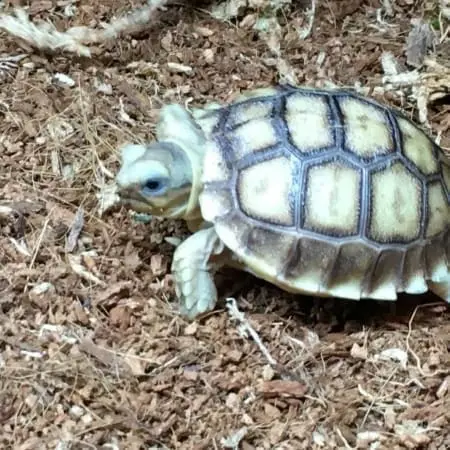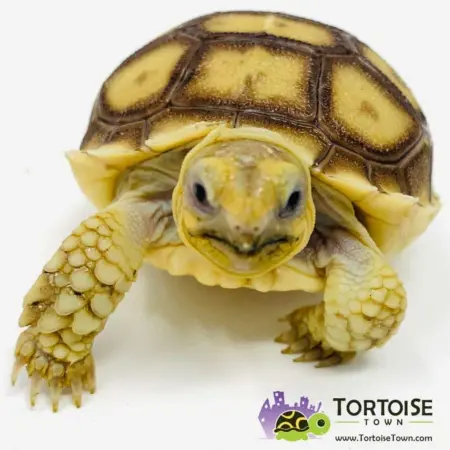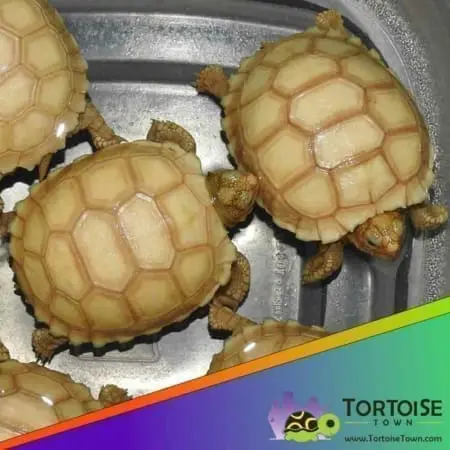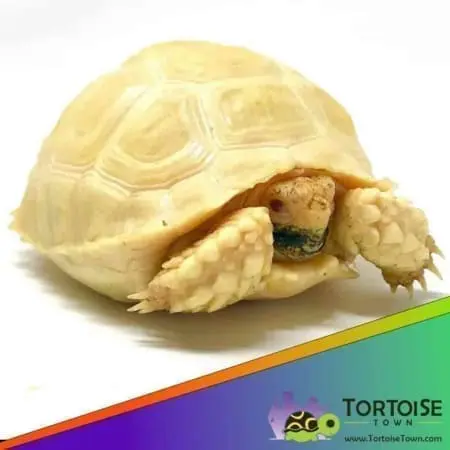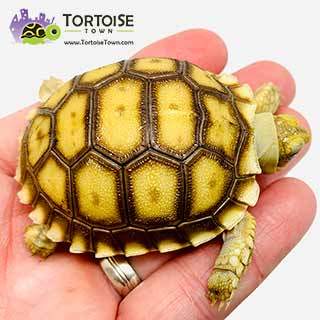
A Beginner’s Guide to African Sulcata Tortoises
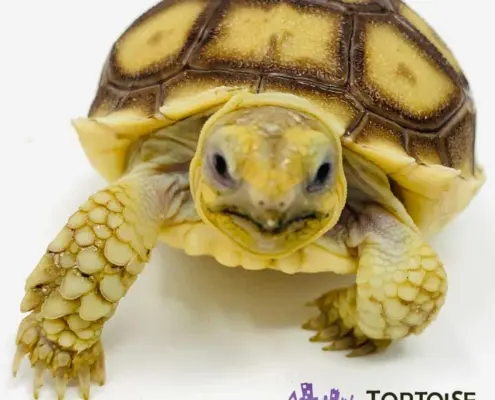
Meet the African Sulcata Tortoise
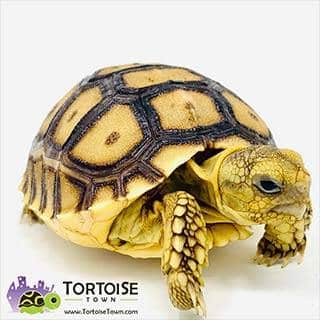
The African Sulcata tortoise—also known as the African spurred tortoise—is famous for its sturdy build, curious personality, and long lifespan. As hatchlings and juveniles, Sulcatas are energetic grazers that thrive with structure and consistency. If you’re researching sulcata for sale or comparing reputable sources that list sulcata tortoises for sale, it’s smart to master the basics of care first. Solid husbandry is the difference between a thriving, fast-growing youngster and a tortoise that struggles with preventable issues.
As a desert-border species, Sulcatas are adapted to intense sunlight and seasonal rains. That means two truths guide your husbandry: powerful lighting and careful hydration. Get those right and the rest—diet, space, enrichment—becomes easier to dial in for a growing baby Sulcata.
Setting Up the First Enclosure
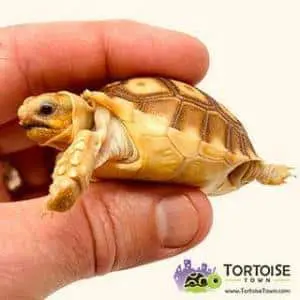
For the first several months, a closed-top indoor enclosure helps you stabilize temperature and humidity. A 4’ x 2’ footprint is a practical starting size for a baby, with plans to upgrade as growth accelerates. Use a solid-sided habitat or a well-sealed, high-wall tortoise table with a tight-fitting lid to prevent drafts. Babies lose heat and moisture quickly; a sealed setup supports gentle, even conditions.
Substrate: A mix of fine-grade cypress mulch or orchid bark works well. These hold moisture without getting swampy when you manage hydration correctly. Spot-clean daily and replace sections weekly to keep the surface fresh.
Hide and layout: Provide two hides—one on the warm side and one on the cooler side—so the tortoise can thermoregulate without stress. Add a low, stable water dish and a piece of slate under the basking area for clean, dry feeding.
Heat, Light, and Humidity for Baby Sulcata tortoises
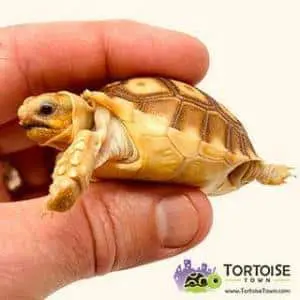
Baby Sulata tortoises for sale need a warm basking zone of ~95–100°F directly under a heat source, with an ambient warm side of ~85°F and a cooler side that can dip toward ~78–80°F. Overnight, aim for ~75–78°F. Use a high-quality digital thermometer with a probe to confirm surface temps at the basking spot.
UVB lighting is non-negotiable. Choose a reliable linear UVB fixture and position it across part of the enclosure so the baby can move in and out of the gradient. Pair UVB with bright visible light to encourage natural grazing behavior. For humidity, think “hydration supportive,” not “swampy.” Babies benefit from ~55–65% ambient humidity with daily warm-water soaks (10–15 minutes). The combination of steady warmth, breathable humidity, and routine soaks supports smooth shell growth and strong hydration.
Diet: What a Baby Sulcata Should Eat
Baby Sulcatas are herbivores built for fiber. Offer a rotation of pesticide-free grasses (Bermuda, orchard grass), broadleaf weeds (dandelion, plantain), and dark leafy greens (collard, mustard, turnip) as the base. Avoid sugary fruits and limit watery lettuces. A small portion of high-quality, timothy-based tortoise pellets can be used as a supplement, pre-soaked so they are soft and hydrating.
Dust lightly with calcium carbonate 3–4 times per week for babies, plus a multivitamin once weekly. Place food on a flat stone so the beak wears naturally while eating. Consistency—small, frequent feedings—helps babies grow steadily without spikes or slumps.
Hydration Routines That Work
Even though Sulcatas are from arid regions, babies dehydrate quickly if we only think “dry desert.” Balance is key: provide a humid microclimate in the hide and perform daily warm-water soaks. After a soak, let the tortoise bask and dry off before lights-out. Keep the water dish shallow and easy to enter and exit.
Handling, Enrichment, and Growth
Gentle, brief handling helps babies acclimate, but the best enrichment is a well-laid-out habitat. Add safe obstacles, edible grasses planted in trays, and occasional new textures. Weigh weekly and log shell length to track growth. A thriving baby will show bright eyes, strong appetite, and active exploration during the day.
Outdoor Time and Future Upgrades
When weather allows and temperatures are stable, offer supervised outdoor grazing in a predator-proof pen with shade and water. Sunlight is powerful: even brief sessions support shell and bone health. As your Sulcata grows, plan substantial upgrades—this species becomes large and powerful, so sturdy fencing and generous square footage are essential.
Responsible Sourcing
Choosing the right source matters as much as husbandry. If you’re browsing sulcata tortoises for sale, look for captive-bred babies that are feeding well, hydrated, and already accustomed to UVB lighting. Review husbandry guides and ask breeders about diet and soak routines. For a vetted option, see this page: sulcata tortoise for sale. For broader availability and care resources, the main site also lists a wide selection of species under tortoise for sale.
Common Mistakes to Avoid
- Underpowered heat and UVB leading to poor appetite and slow growth.
- Dry, drafty enclosures that dehydrate babies.
- Low-fiber diets with too many salad greens or fruit.
- Infrequent soaks and no humid hide for hatchlings.
Takeaways for New Keepers
Start with a sealed, warm, bright enclosure; feed high-fiber greens and grasses; soak daily; and scale space as your tortoise grows. With these basics, a baby Sulcata transitions smoothly into a robust juvenile and, eventually, a spectacular adult.

